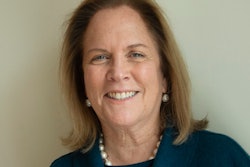As the United States moves from a national, analog, industrial economy to a global, digital knowledge economy, American higher education will undergo its second great transformation.
During the first, the agrarian, classical college with roots in the Middle Ages, gave way to new forms of higher education demanded by an industrial nation. The nation established research universities, institutions of applied science and technology, graduate and professional schools, community colleges and institutions serving women and Black Americans.
In the second great transformation, driven by profound demographic shifts, the advent of a knowledge economy, the digital technology revolution and globalization, we will witness the dramatic growth of nontraditional higher education providers, ranging from media, technology and commercial firms to libraries, museums, and other social institutions.  Dr. Arthur Levine
Dr. Arthur Levine
In the next 20 years, higher education will be available online anywhere, anytime, cost less, be easier to access, unbundled, and more connected to the workplace. The lines between colleges and industry will blur. Course content may come form MIT, the local community college, an international university, Google, or a digital platform. Students will receive instruction and certification online from organizations as varied as Google, Procter and Gamble, alibaba, Calvin Klein, L’Oreal, PBS, and the Museum of Natural History.
While pushing the boundaries of choice among providers can be a boon to students and some low-cost, high quality providers will enter the scene, the transformation poses the real danger that there will be two distinct models of colleges.
One model—with face-to-face instruction, residential learning, and all the trappings of traditional higher education, including degrees—will be available for more affluent, largely white and Asian students.















